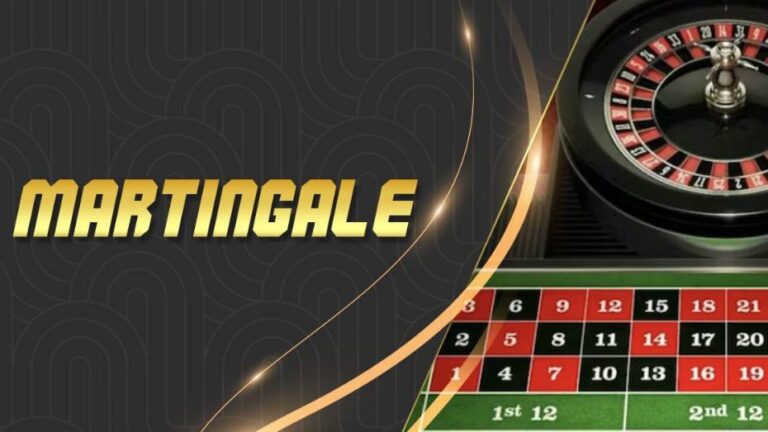Smart Betting Strategies – Reverse Martingale Unlocked
When delving into the realm of roulette tactics, a widely acknowledged and frequently employed approach, particularly in the realm of short-term wagering, is the Martingale system, or Martingale strategy, as it may be referred to. This strategy is structured to enable players to accrue modest profits while prioritizing the complete recovery of losses incurred in preceding spins.
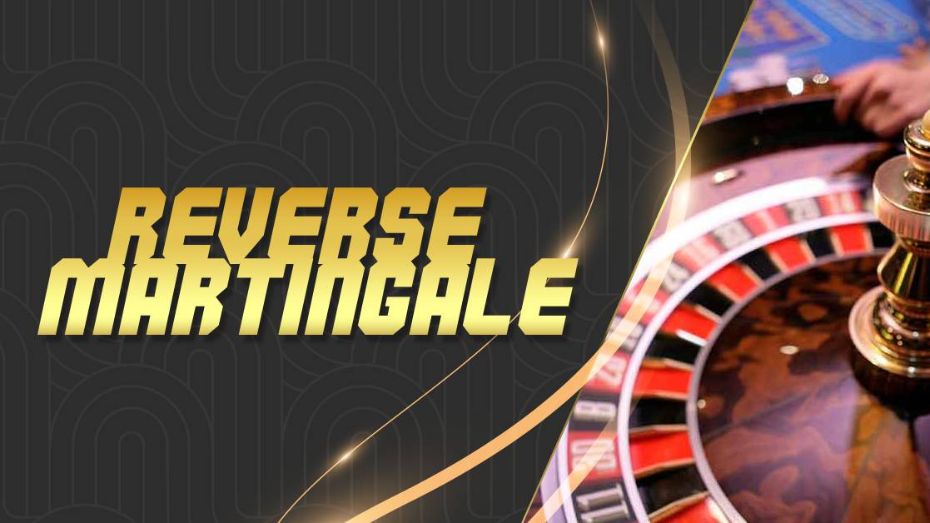
However, an alternative strategy rooted in the Martingale system has gained traction, operating in the opposite direction, hence earning the moniker “Reverse Martingale System.” Whether you are gearing up for a visit to a physical casino for a round of roulette or embarking on online gameplay, acquainting yourself with this strategy is advisable, as it has the potential to prove beneficial in your gaming endeavors.
Exploring the Reverse Martingale System
The Reverse Martingale betting system, also recognized as Paroli, stands as one of the oldest gambling strategies with historical roots traced back to 16th-century Italy. Initially employed in the game of Basset during that era, its utilization may extend even further back, though precise origins remain elusive.

In contemporary gambling, this strategy finds prominent application in games like roulette and baccarat. Its versatility, however, extends beyond these, encompassing any game featuring bets with a 50% chance of winning. Beyond roulette and baccarat, it seamlessly adapts to craps, sic bo, and with slight modifications, even blackjack.
In essence, the Reverse Martingale System emerges as a near-universal gambling strategy tailored for even bets. Particularly effective in roulette when applied to Red, Black, Odd, Even, or 1-18/19-36 wagers, it operates as a progressive system, permitting bet increments under specific conditions. The intricacies of these conditions will be elucidated in subsequent sections.
Understanding the Mechanics of the Reverse Martingale System
As previously mentioned, the Reverse Martingale System earns its name by operating in stark contrast to the traditional Martingale system. While Martingale suggests doubling bets after a loss and reverting to the original stake upon winning, the Reverse Martingale flips this approach.
In practical terms, the Reverse Martingale requires doubling your bet following a win and returning to the initial wager after encountering losses. The commencement of the game is consistent with both systems, starting with the minimum allowable bet on the roulette table, let’s say $1. Assuming a win, the subsequent bets progress as follows: $1, $2, $4, $8, $16, $32, $64, $128, $256, $512, $1024, $2048, and so forth.
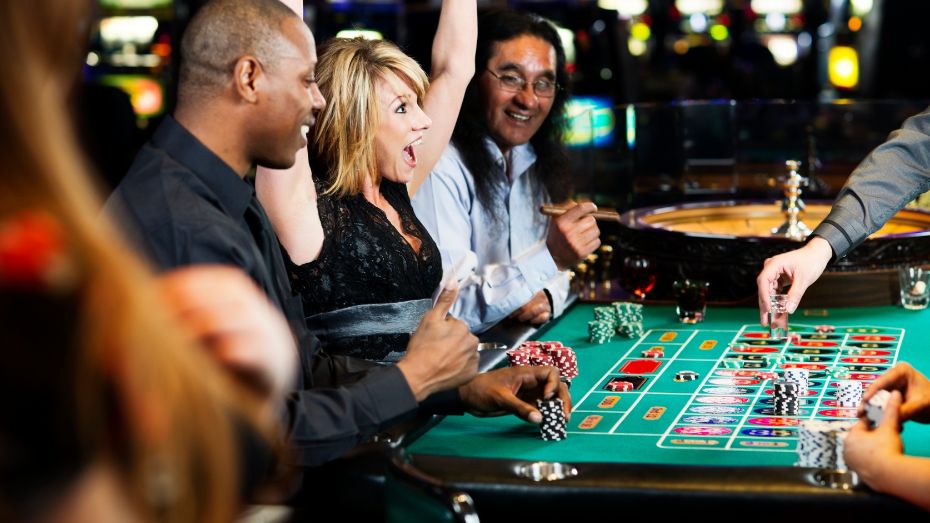
This sequence is contingent upon a continuous winning streak and favorable luck. However, in the event of a loss, an immediate return to the minimum bet, such as $1, is imperative. If subsequent spins result in losses, maintaining the $1 bet is advised until a win prompts a return to the system, doubling the bet to $2.
The system’s premise hinges on the belief that wins and losses occur in streaks rather than consecutively. By adjusting bets based on the current trend—increasing during wins and minimizing during losses—the strategy aims for substantial gains over the long term. Diverging from the Martingale system, primarily suited for short-term betting, the Reverse Martingale emerges as a robust and secure strategy for extended gameplay in roulette and other applicable games.
While the strategy boasts advantages, it is not devoid of drawbacks, and an awareness of both its strengths and limitations is crucial for informed decision-making.
Pros & Cons of the Reverse Martingale System
Here are the advantages and disadvantages of using the reverse martingale system:
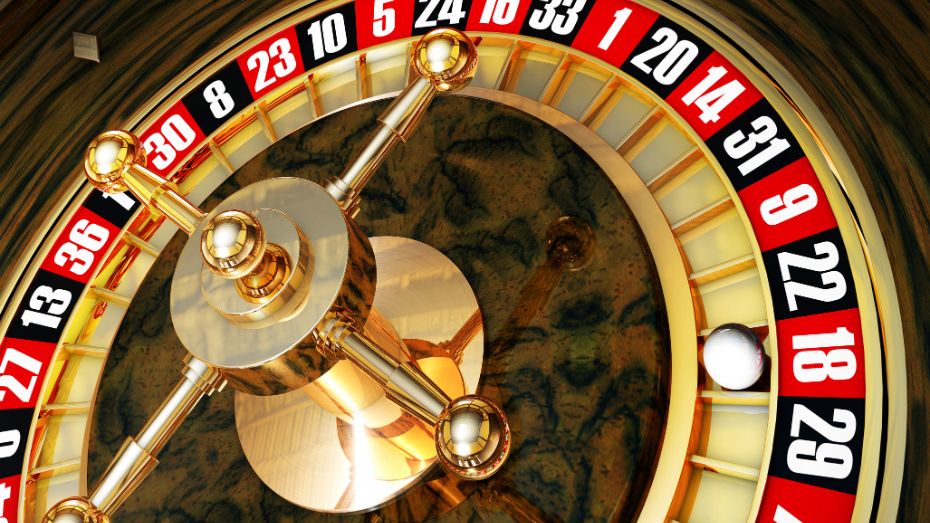
Reverse Martingale: Pros
Commencing with the merits of this system, one notable advantage is the mitigation of substantial losses. In the event of a losing streak, the system ensures that losses are incremental, typically limited to the minimum bet at the roulette table, such as $1. Conversely, during winning phases, the rapid doubling of bets facilitates a swift return to the initial amount, maintaining a relatively stable balance until a significant win occurs.
The system’s simplicity stands as another significant advantage, making it accessible to novice gamblers. Its user-friendly nature ensures that expertise is not a prerequisite, contributing to its widespread appeal. Additionally, the strategy is considered highly secure, further enhancing its suitability for a diverse range of players.
Reverse Martingale: Cons
Turning to the drawbacks, it’s crucial to acknowledge the inevitability of losses. However, these losses are not inherent flaws in the strategy but rather a reflection of the inherent odds against the player. The presence of the green 0 pocket tilts the odds slightly, reducing the chances of winning to 48.6% in European roulette. The odds are further diminished in the American version, which features both 0 and 00 green pockets.
While the strategy limits losses to the minimum bet after each unsuccessful spin, typically $1, the frequency of losses remains noteworthy. Another downside lies in the system’s vulnerability to a single loss, reverting the player to the starting point and erasing accrued profits. Thus, an essential aspect of employing this strategy is recognizing when to cease gameplay to safeguard gains.
Maximizing the Potential of the Reverse Martingale System
Unlocking the full potential of the Reverse Martingale System involves strategic gameplay to ensure optimal results. While the strategy appears straightforward, there are key considerations to enhance its effectiveness and capitalize on the maximum value it can offer. The following methods are recommended for achieving success:
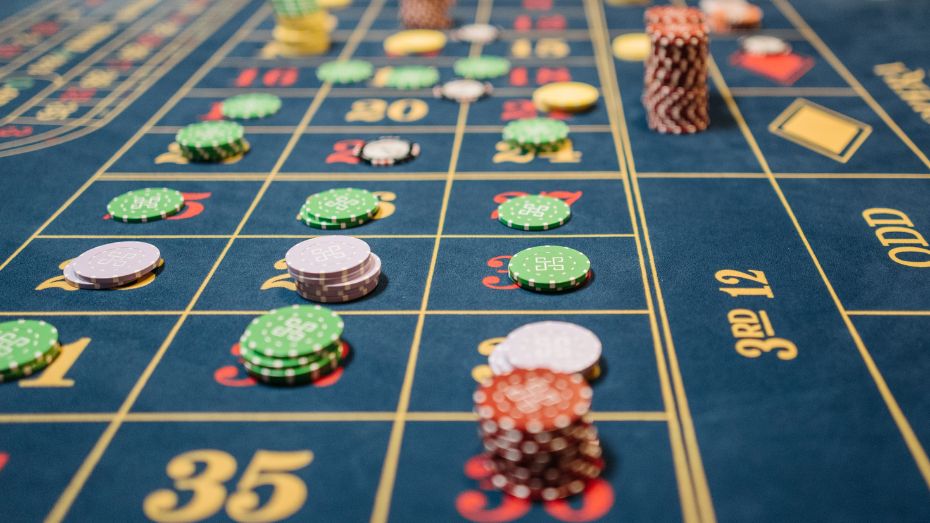
High Risk, High Reward
For those willing to embrace higher risks for substantial rewards, adopting an all-or-nothing approach can be enticing. Although typically cautioned against for novices, some players opt to continuously double their bets during a winning streak, hoping for continued success until they reach a satisfactory profit level. While there is a potential for significant financial gain, it comes with the inherent risk of a prolonged and severe losing streak that could deplete the entire bankroll. With 8 or 9 consecutive wins, a player can turn a $1 bet into a considerable sum, but it’s crucial to recognize the low probability of such outcomes (0.38% for 8 wins and 0.19% for 9 wins). Knowing when to stop and walk away becomes crucial to mitigate potential losses.
A 3-Step Reverse Martingale
Alternatively, players who prioritize disciplined control over their gameplay may opt for the 3-Step Reverse Martingale. In this approach, the progression of bets is limited to three consecutive games. Even if no losses occur, the player reverts to the minimum bet, starting anew. While this strategy yields smaller winnings, it safeguards against significant losses if luck takes a turn. This method appeals to players who prefer a more controlled and measured approach to their gambling endeavors.
FAQs
Conclusion
In conclusion, the Reverse Martingale System, also known as Paroli, offers a compelling alternative to traditional betting strategies, particularly in games with a 50% win probability. Its ability to mitigate losses, user-friendly nature, and adaptability across various games make it an attractive option for both novice and experienced gamblers. However, individuals should approach its implementation with a clear understanding of inherent risks and the importance of strategic decision-making to maximize its potential benefits.



